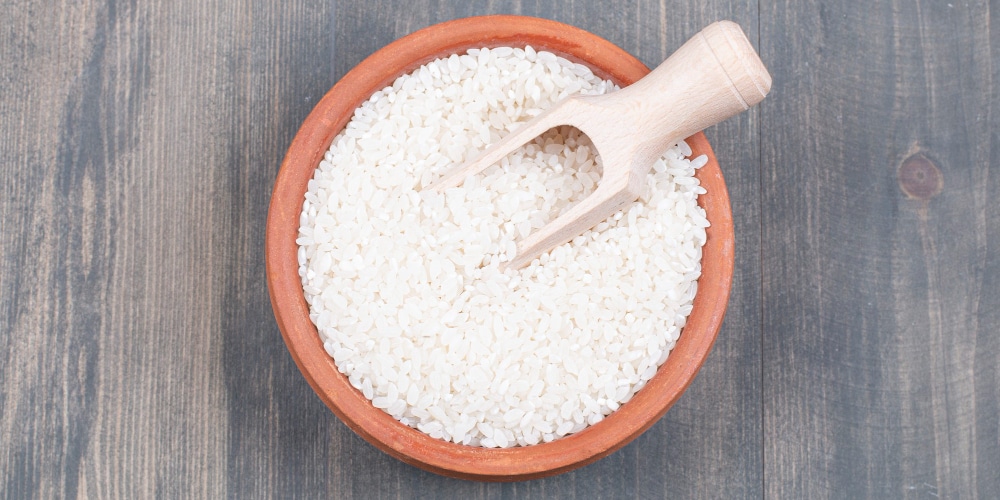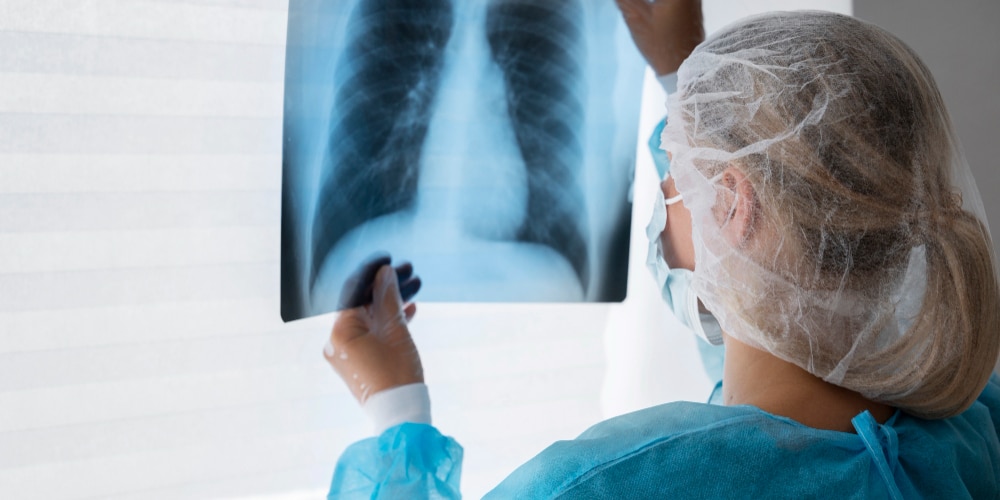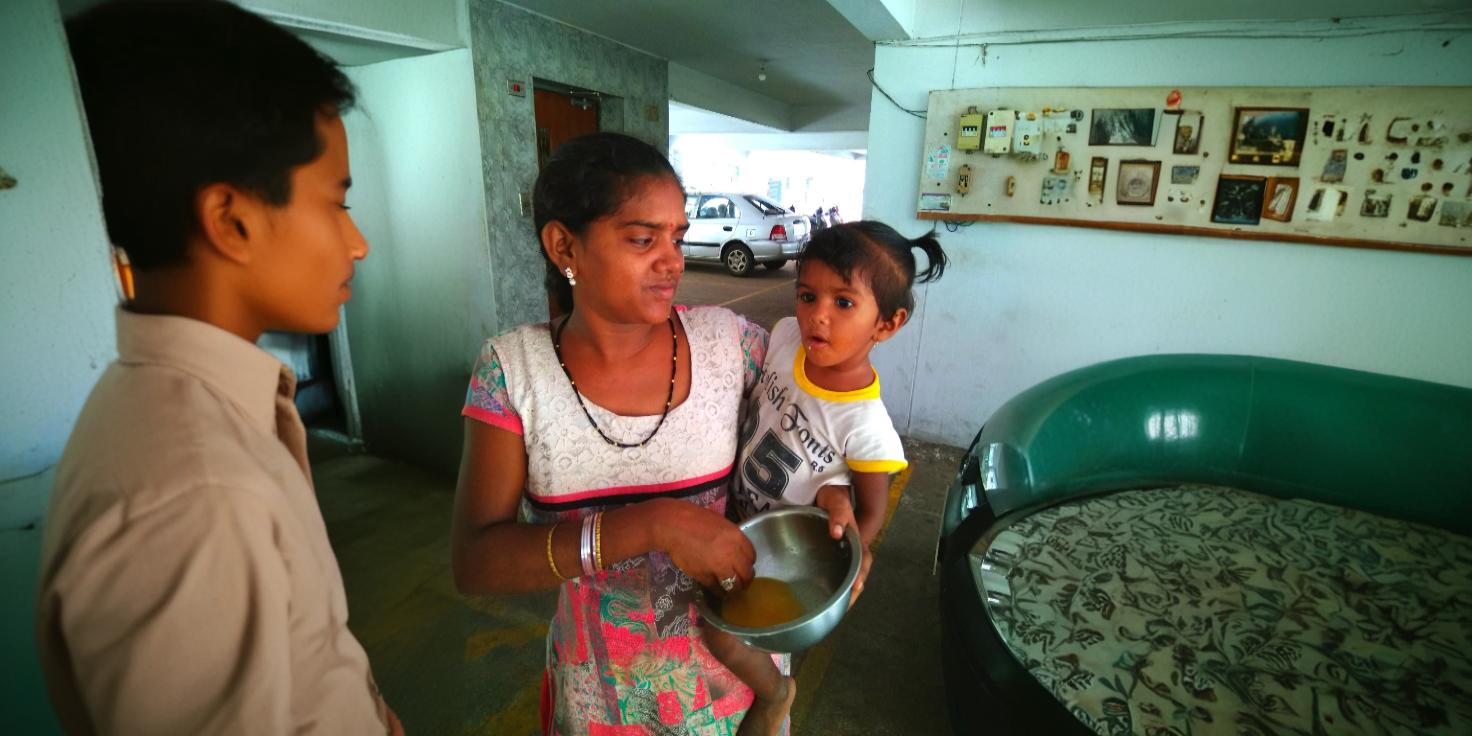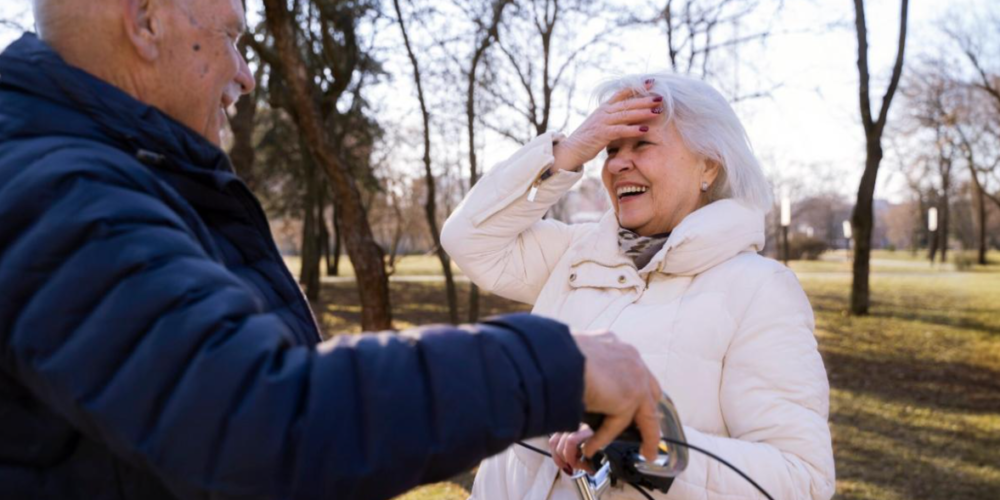Are periodic COVID-19 spikes the new normal?
The virus is now behaving like endemic respiratory infections such as influenza
Author
Author
- admin / 5 months

- 0
- 6 min read

Author
Recent weeks saw renewed concern as COVID-19 cases were reported across the country. Active cases had surpassed 7,000 earlier this month; it has dropped to less than half that figure now, with the Ministry of Health and Family Welfare reporting 3,256 active COVID-19 cases in the country as of June 27, 2025.
This latest wave brought with it not only fears of new variants and whispers of other emerging viruses, but also questions arise about why these spikes keep occurring and how society can adapt to a reality where COVID-19 may never fully disappear. Though less severe than earlier peaks, it underscores the complex interplay of viral evolution, community dynamics, and public health responses.
We spoke to Dr Sonal Saxena, Director Professor and Head of the Department of Microbiology at Maulana Azad Medical College, New Delhi, to understand the primary factors driving these surges.
She explained that any virus, in order to survive in the ecosystem, has to constantly redevelop itself. These are called mutations.
“..they keep on mutating, and they will mutate in such a manner that they try to escape your immunity. That’s the whole purpose. In the whole process, they increase their transmissibility, but they lose their power because there is always a gain of function when they mutate,” she said.
She also noted that this pattern, seen in viruses like influenza, results in milder but more transmissible variants, as evidenced by current spikes showing low hospitalization and ICU rates. “We are not seeing much hospitalization. We are not seeing any increase in the oxygen requirement or any people going into ICU,” she said.
Global mortality trends support this. Most deaths now occur in patients with comorbidities.
“Severe outcomes are primarily linked to comorbidities like diabetes, where COVID was probably an incidental finding,” she added, while emphasizing the virus’s persistence. “We can’t throw it out. It’s like saying that we’ll eradicate, like, dinosaurs. That is not possible,” she said.
Is this the new normal?
The recurring surges suggest a future where COVID-19 spikes become as routine as seasonal flu outbreaks. “Just like we keep getting influenza spikes, we’ll keep getting COVID spikes,” according to Dr Saxena.
John Hopkins’ Bloomberg School of Public Health has also highlighted this periodic rise of COVID-19 cases, particularly in the summer months. “Several factors drive summer COVID waves. By mid-to-late summer, many people’s immunity—either from their last vaccination in the fall or from a previous infection—has waned considerably. That, combined with the emergence of more transmissible variants, makes the chance of infection more likely,” they said.
They also quoted Andy Pekosz, a professor in Molecular Microbiology and Immunology, to add that during summers, people tend to spend “more time in air-conditioned indoor spaces, where most virus transmission occurs.”
As such, Dr Saxena warned against relying on herd immunity. “This is my personal opinion backed by my academic knowledge that we should not work to build a herd immunity for this. This is not measles. This is not polio, which we need to eradicate. We have to learn to live with it,” according to her.
Unlike measles or polio, which cause lifelong morbidity, COVID-19 “is not creating any significant morbidity,” according to her. “As of now, we don’t have evidence of it because it’s a relatively new organism,” she claimed.
Instead, she said we need to coexist with the virus by managing risks, noting that diseases like typhoid and air pollution pose greater threats in India. Notably, outdoor air pollution from all sources accounts for 2.18 million deaths per year in India, second only to China, according to a modeling study published in The BMJ.
Strategies for staying safe
To navigate this new normal, Dr Saxena recommended a pragmatic approach. Rapid testing is essential for protecting high-risk groups, she noted, adding, “If you have a parent who’s diabetic, now if they get a cold or cough, I would like to get a rapid or a PCR done so as to keep them safe, so as to not transmit it to those parents because they have so many comorbidities.”
Ongoing surveillance through Viral Research and Diagnostic Laboratories enables early spike detection, as “some amount of testing should also go on because it brings up the things on the radar.”
Vaccination and boosters remain critical, with 2021 Delhi serosurveys showing vaccinated individuals had over four times higher odds of seroconversion, protecting against severe disease.
Maintaining personal health through nutrition, exercise, and managing comorbidities can reduce severe outcomes, she said.
How can AI help with future pandemics?
Dr Saxena also highlighted AI’s potential in pandemic preparedness, with the ability to predict spikes, enabling early warning systems.
“You can pick up an outbreak or a pandemic before it becomes a pandemic… If you have ten cases you see per day of respiratory illnesses and you suddenly see a spike, then it is called an outbreak,” she said.
Before that spills over, she explained, these AI models should be able to warn you by picking up the data itself.
AI-driven clinical decision support systems (CDSS) can optimize resource allocation, such as predicting dialysis needs for diabetic patients. “The predictive model should be able to predict that with the current situation, tomorrow maybe he’ll require dialysis,” she explained.
This is critical in India there is a huge gap in the distribution of doctors working in the urban and rural areas, with the urban-to-rural doctor density ratio being 3.8:1.
“We all saw in COVID sometimes protection was the only vaccine that we had before we had a vaccine… It will be very easy now with the AI tools to generate training modules for which we sat days and nights in the hospital,” she said.
She acknowledges discrepancies in AI models. Data quality is a concern. “One question repeatedly comes up about who is feeding data to AI? It’s also people who are not doctors,” she noted, pointing out the risk of bias in AI systems.
But despite these challenges, AI’s capacity to streamline training, contact tracing, and risk assessment positions it as a vital tool for future preparedness, according to Dr Saxena.
Also read: https://firstcheck.in/covid-19-pushes-100m-into-extreme-poverty-global-economy-loses-22-trillion/










